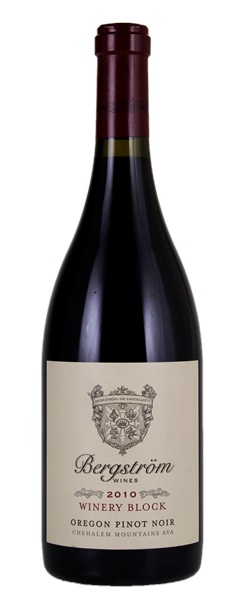Estimate

Powerfully scented bouquet of blackberry liqueur, cherry-cola and Asian spices. Then brighter on the palate, offering sweet black raspberry and cherry flavors and a hint of mocha; this opens up and gains in freshness with a bit with air.
Ceylon tea-like aromatics and tannins; licorice; bittersweet floral perfume; and dark berries.... so seamlessly does this wine perform. Hints of carob and caramel enhance the sense of richness in a long, soothing yet stimulating finish.
Sleek and highly polished, framing its plum and currant fruit with touches of pear blossom and fresh tomato. The finish dances delicately against refined tannins.